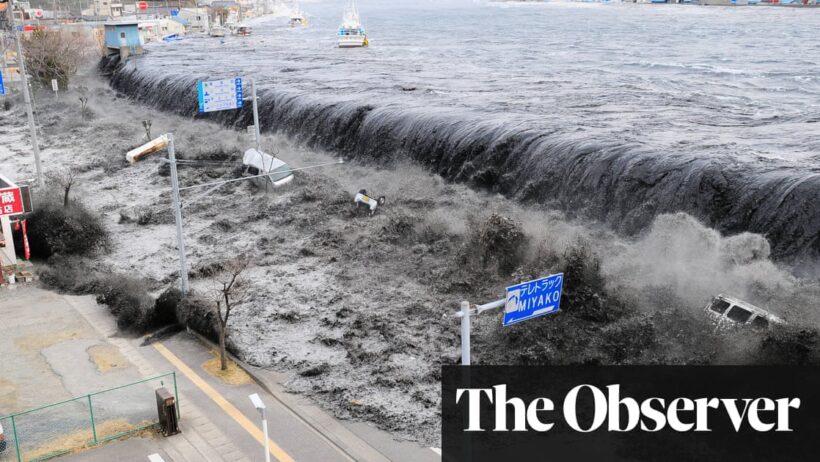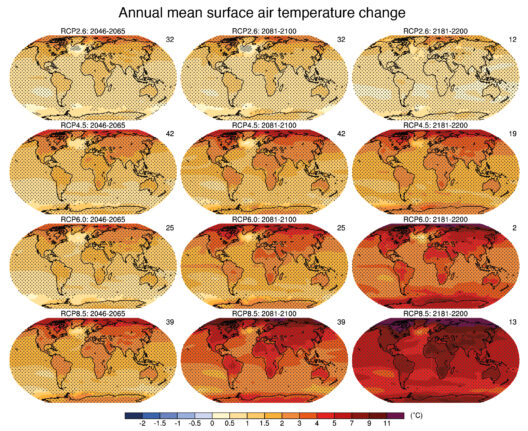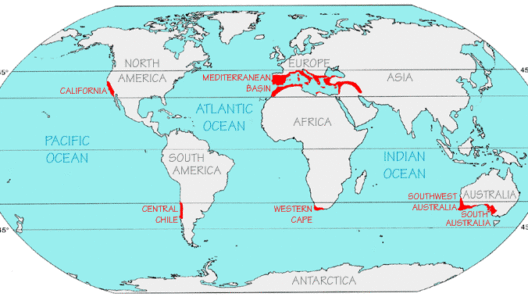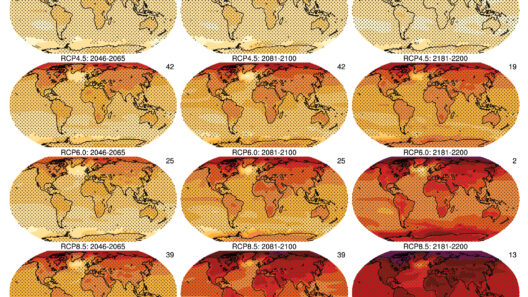Climate change has permeated discussions across various platforms, often polarizing opinion and igniting fervent debate. One of the more curious assertions emerging from this discourse posits that climate change can trigger geological phenomena, such as earthquakes. While some may dismiss this notion as mere conjecture or sensationalism, a nuanced examination reveals a more intricate relationship between climatic shifts and tectonic activity. This article aims to disentangle myth from empirically supported evidence, providing a comprehensive overview of how climate change may intersect with seismic events.
The first aspect to consider is the fundamental mechanics underlying earthquakes. Earthquakes primarily occur as a result of movements of tectonic plates, which are rigid segments of the Earth’s lithosphere that float on the semi-fluid asthenosphere beneath them. As geological stresses accumulate due to tectonic forces, the plates eventually fracture along faults, releasing energy and causing seismic waves. Thus, the core of earthquake activity lies within the Earth’s crust, predominantly influenced by geological, rather than meteorological, factors.
However, climate change does manifest in ways that affect the Earth’s surface and subsurface, it is pivotal to explore the potential indirect pathways through which climate change might influence seismic activity. One significant consideration is the phenomenon of glacial isostatic adjustment. As glaciers retreat—a direct consequence of rising global temperatures—the immense pressure they exert on Earth’s crust diminishes. This release of pressure can facilitate fault slip, potentially leading to earthquakes. The geological record showcases instances of increased seismicity correlated with glacial melting, lending credence to this concept.
Beyond glacial dynamics, the alteration of liquid water distribution due to climate change also warrants attention. For instance, substantial changes in precipitation patterns—whether through enhanced rainfall or prolonged drought—can lead to fluctuations in groundwater levels. These fluctuations may alter pore water pressure in fault zones. The relationship between pore pressure and fault stability is well-established; increased pore pressure can reduce friction along faults, potentially initiating seismic activity. Furthermore, heavy rainfall and subsequent erosion can destabilize slopes, leading to landslides, which, while distinct from traditional earthquakes, represent a form of ground movement manifesting in response to climatic conditions.
Another significant factor involves the extraction and management of water resources. The process of hydraulic fracturing, or fracking, exemplifies this intersection of human activity and climate dynamics. This technique, employed to extract oil and gas, involves injecting high-pressure fluid into subterranean rocks to induce fractures. The resultant changes in subterranean pressure can trigger earthquakes. As climate change propels a shift towards greater reliance on fossil fuels, the rising incidence of fracking may correlate with increased seismicity in certain regions. Hence, while climate change does not directly trigger earthquakes, it arguably catalyzes practices that heighten seismic risks.
However, distinguishing between correlation and causation proves paramount in scrutinizing these phenomena. Scientific rigor obliges researchers to use meticulous methodologies, integrating geological data with climatic models to qualitatively assess any genuine linkages. A thorough examination of seismic data post-egress of glaciers or significant shifts in groundwater can reveal trends. Still, the multifaceted etiologies of earthquakes necessitate discretion in attributing causation to climate change alone, accentuating the need for interdisciplinary collaboration in environmental science.
It is essential to understand the limitations of the prevailing narrative. Not all seismic events can be pinned on climatic fluctuations. Earthquakes are influenced by an ensemble of factors, including regional geology, tectonic settings, and historical seismicity. Thus, the assertion that climate change directly causes earthquakes can mislead public understanding. Such oversimplification disregards the complexity inherent in earth sciences, often fomenting unnecessary anxiety among populations already grappling with the existential threats posed by climate variations.
Nevertheless, the amalgamation of climate science and seismology heralds a new era of environmental understanding. Acknowledging the potential consequences of climate change invites deeper inquiry into how anthropogenic activities may exacerbate natural hazards. It also engenders a holistic approach to disaster management and mitigation strategies. Policymakers and urban planners should consider both climate and geological risk factors when designing infrastructure and resilience programs, ensuring that communities remain fortifiable in the face of both climatic and seismic threats.
In conclusion, while climate change may not directly induce earthquakes, its ramifications can influence geological processes that lead to seismic events. Through glacial retreat and hydrological alterations, climate dynamics interact with earthquake mechanics in complex ways. However, it is crucial to maintain intellectual integrity by avoiding oversimplified narratives that conflate correlation with causation. Continued empirical research and interdisciplinary dialogue will illuminate these intricate connections, propelling us towards a more comprehensive understanding of our evolving planet. In this age of uncertainty, fostering awareness and preparedness concerning both climate change and its geological ramifications emerges not merely as a scientific endeavor but as an imperative for safeguarding human lives and communities.








